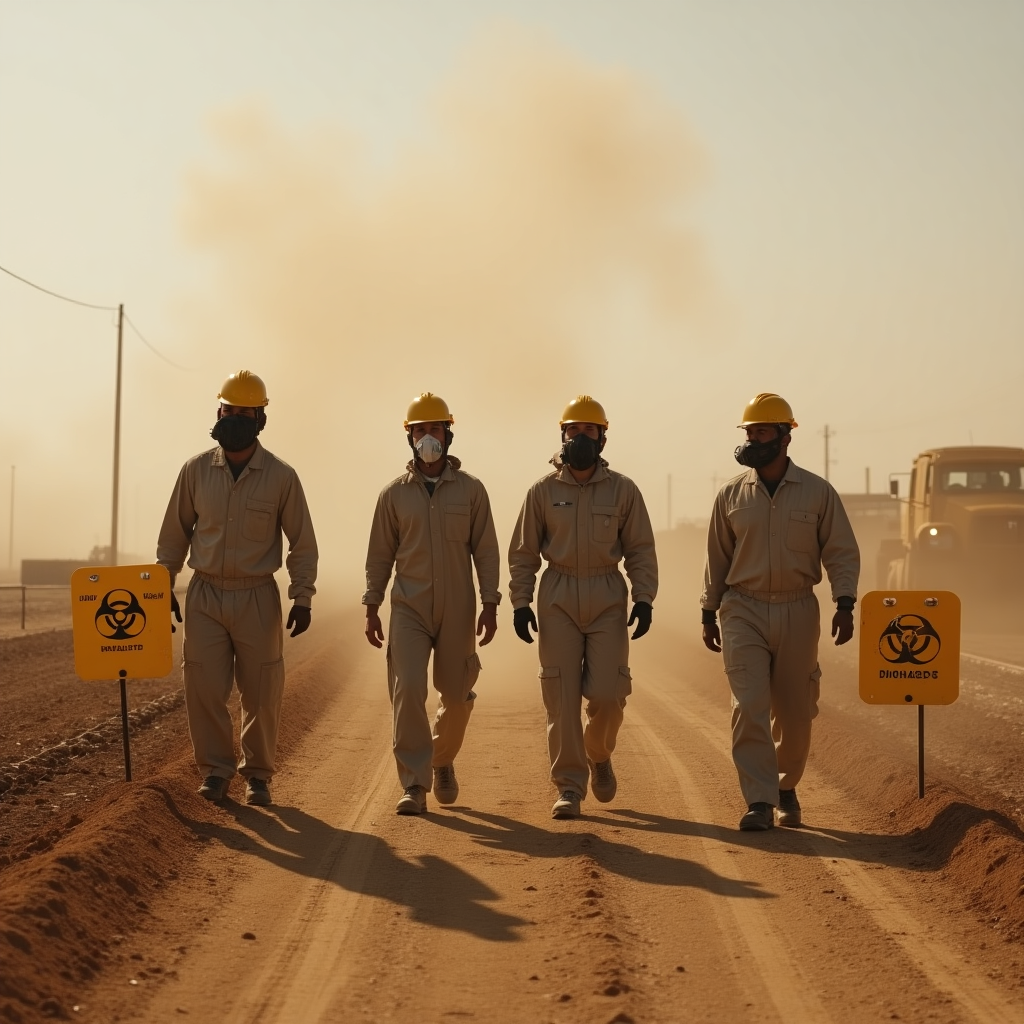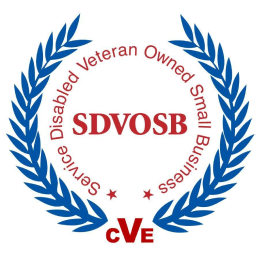Working in the Central Valley? Here's What You Need to Know About Biological Hazards
The Central Valley’s dry, dusty conditions and diverse ecosystems make it a hotspot for more than just agriculture. For workers in construction, energy, and environmental fields, biological hazards are a serious and growing concern. From Valley Fever to venomous snakes, the risks go beyond hard hats and high-vis vests.
To stay compliant and protect your crew, it’s critical to build a dedicated Biological Hazards Control Plan into your Site-Specific Health & Safety Program.
The Hidden Dangers on Site
Here are the key biological hazards crews may face in the Central Valley—and the safety controls that should be in place:
🦠 Valley Fever (Coccidioidomycosis)
A respiratory illness caused by spores in disturbed soil, Valley Fever is endemic to the region.
Controls:
- Dust suppression (wet methods for grading, soil stabilization)
- Upwind work positioning
- Use of N95 respirators when dust can't be controlled
- Training on symptoms (cough, fatigue, fever)
-
Prompt reporting and medical follow-up
🦟 West Nile Virus
Spread by mosquitoes near standing water.
Controls:
- Mosquito abatement
- Vector control in laydown yards and storage area
-
Worker education on bite prevention
🐭 Hantavirus
Carried by rodents, especially in trailers and storage containers.
Controls:
- Rodent-proofing of facilities
- Use of gloves and respirators when cleaning infested areas
-
Decontamination procedures for exposed surfaces
🌫️ Histoplasmosis & Soil Fungi
Disturbed soil or areas with bird/bat droppings can expose workers to fungal spores.
Controls:
- Dust control
- Respiratory protection
-
Safe cleanup procedures for droppings
🐍🕷️ Snakes & Insects
Rattlesnakes, black widows, scorpions, and bees are all potential threats.
Controls:
- Awareness training
- First aid protocols for bites/stings
-
Emergency medical response planning
🦇 Zoonotic Exposures
Some wildlife carry diseases transmissible to humans.
Controls:
- Coordination with site biologists
- Training on avoiding protected species
-
Observation protocols during site walks
What Should Be in Your Plan?
A Biological Hazards Control Plan should be more than a mention in your general safety manual. It should be:
✅ Site-specific to local conditions
✅ Tied to your Emergency Action Plan (EAP)
✅ Integrated into tailgate safety meetings
✅ Included in your Monthly Compliance Reports
✅ Documented as part of your overall CEC or OSHA compliance efforts
Why This Matters
Too often, these hazards are underestimated because they’re not visible—until someone gets sick, stung, or bitten. A proactive approach not only protects health, it reduces liability, downtime, and costly medical claims.
Need help developing a Biological Hazards Control Plan?
At Definitive Safety Group, we help teams build real-world safety plans that match their actual exposure—not just check a box. Contact us today to get started.





